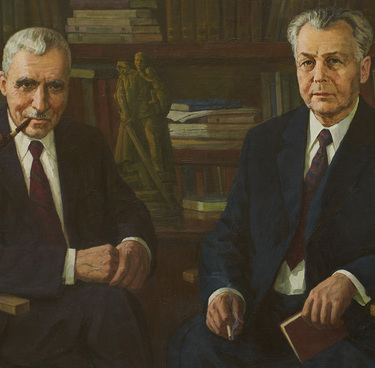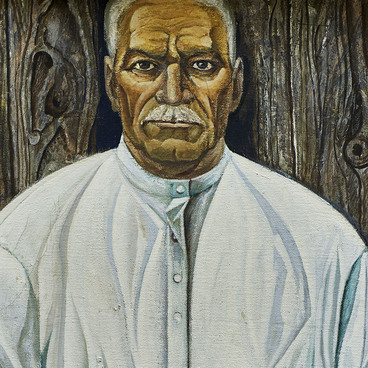In the collection of the Valuysky historical and art Museum, you can see a banknote with a nominal value of 100 rubles issued in 1910.
Paper money in Russia appeared in 1769 under Empress Catherine II. Since 1911, state banknotes with a nominal value of 100 rubles of the 1910 model began to enter circulation. The performance of such banknotes corresponded to the style of paper money of the early 20th century being of huge size with a dedication to one of the predecessors of the Romanov dynasty, to Catherine the Great, in this case.
The obverse of the upper left part of the banknote shows the small state coat of arms of the 1883 model.
Paper money in Russia appeared in 1769 under Empress Catherine II. Since 1911, state banknotes with a nominal value of 100 rubles of the 1910 model began to enter circulation. The performance of such banknotes corresponded to the style of paper money of the early 20th century being of huge size with a dedication to one of the predecessors of the Romanov dynasty, to Catherine the Great, in this case.
The obverse of the upper left part of the banknote shows the small state coat of arms of the 1883 model.



